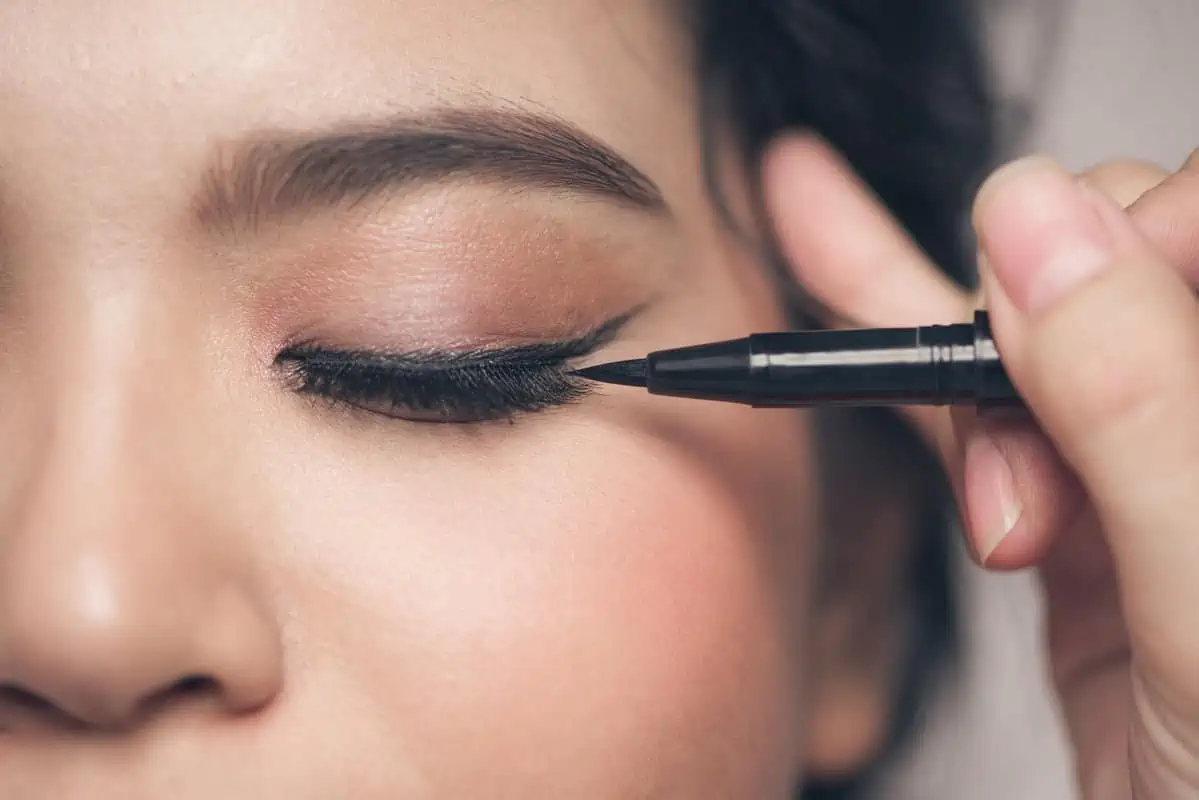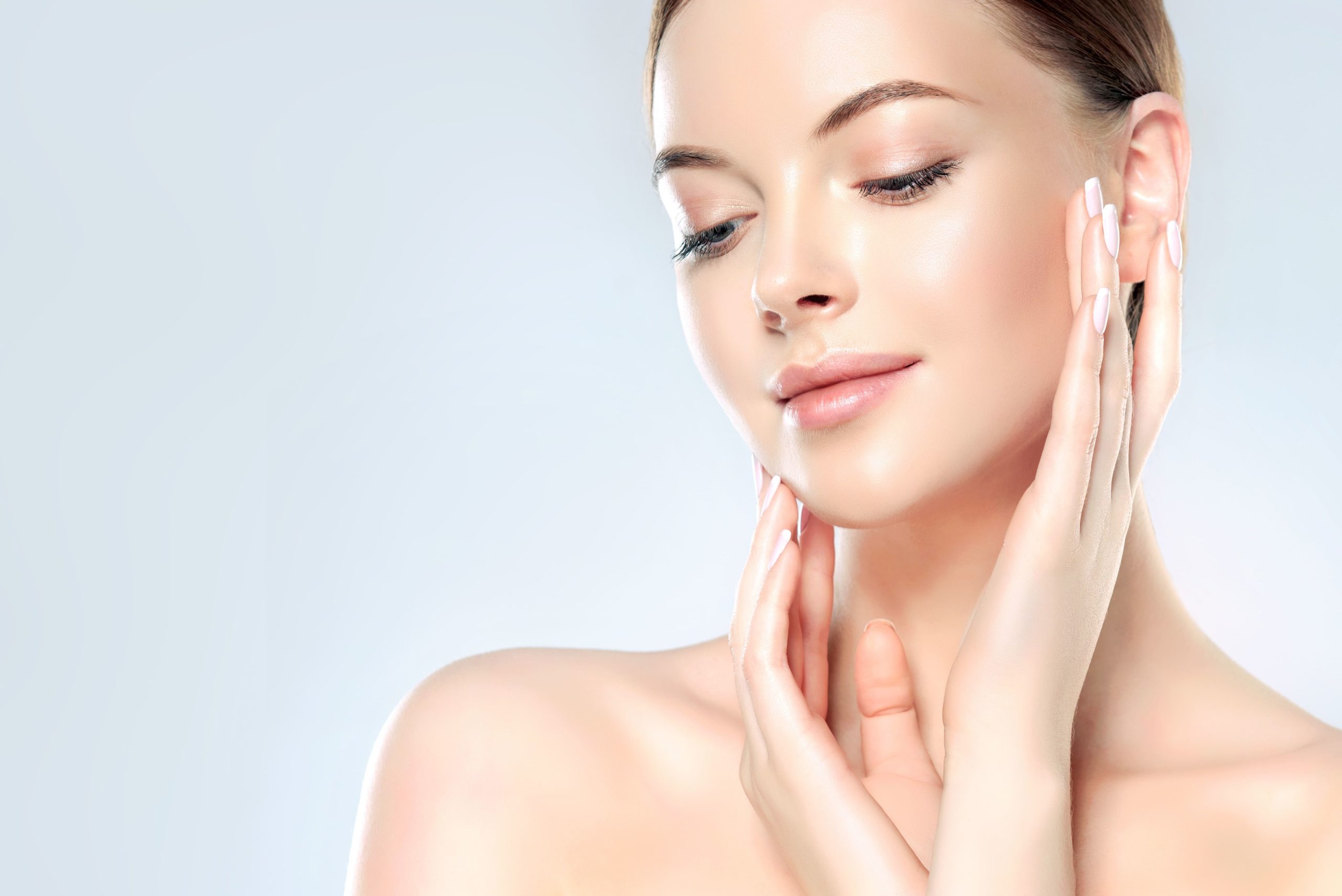

Sculptra, a name that has become increasingly familiar in cosmetic treatments, offers a unique approach to facial rejuvenation. Unlike traditional fillers that provide immediate volume, Sculptra works gradually, stimulating the body’s natural collagen production. Originating from a biocompatible and biodegradable synthetic material, it promises longer-lasting and more natural-looking results. As with any cosmetic procedure, it’s essential to understand what Sculptra entails, its benefits, potential risks, and how it compares to other treatments.
Sculptra is a non-surgical, injectable treatment primarily used for facial rejuvenation. Unlike many other fillers designed to provide immediate volume to the treated areas, Sculptra takes a different approach. It is made from poly-L-lactic acid (PLLA), a biocompatible and biodegradable synthetic material. When introduced into the skin, this material acts as a collagen stimulator.
Over time, as the body absorbs the PLLA microparticles, they stimulate the skin to produce natural collagen. The result is a gradual, more natural-looking enhancement that addresses facial wrinkles and folds. Sculptra is often chosen by individuals seeking a subtle and long-lasting solution to the signs of aging without surgical interventions.
At its core, Sculptra is composed of poly-L-lactic acid (PLLA), a synthetic but biocompatible material. When injected into the skin, Sculptra doesn’t immediately plump up the area like some other fillers. Instead, it begins a more intricate process.
Upon injection, the PLLA microparticles in Sculptra work within the deep dermis layer of the skin. Here, they initiate a response likened to a controlled inflammatory reaction. This reaction prompts the skin’s fibroblast cells to produce new collagen, a natural protein responsible for the skin’s elasticity and strength.
As the weeks and months progress post-injection, the PLLA microparticles are gradually and naturally metabolized by the body. However, the collagen production they stimulated continues. This newly formed collagen replaces the lost collagen structures of aging skin, gradually increasing skin thickness and volume.
An ideal candidate for Sculptra is someone who is experiencing these signs of aging and desires a gradual, more natural-looking improvement rather than an immediate transformation. This makes the treatment appealing to individuals who want to avoid the “done” look that can sometimes result from other fillers.
Furthermore, candidates should be healthy and have realistic expectations about the results. Sculptra’s effects take time; the results develop as the skin produces new collagen. This means that patience is key for those considering the treatment.
Additionally, while Sculptra is suitable for a wide range of skin types, there may be better options for individuals with very thin skin or those looking for quick fixes for deep-set wrinkles or significant facial hollows. It’s also not recommended for those with certain medical conditions or allergies.
Sculptra is a unique cosmetic treatment with a specific procedure that differentiates it from other options. In this section, we’ll break down the Sculptra treatment process step by step, providing a clear understanding of what to expect from the initial consultation to the final results.
Like any medical or cosmetic treatment, Sculptra comes with its potential side effects and risks. While many patients undergo Sculptra treatments without complications, being informed about these potential issues is crucial for making an educated decision.
Common Side Effects: Immediately after the treatment, some patients might experience:
These side effects are typically mild and resolve independently within a few days to a week.
Rare Complications: In some cases, patients might experience:
The Importance of Choosing the Right Provider: One of the most significant factors in minimizing risks associated with Sculptra is selecting the right provider. Here’s why:
“Your skin deserves the best, and at Trilogy Medical Center, we’re committed to delivering just that. With a team of experienced professionals, state-of-the-art facilities, and a track record of satisfied clients, we stand at the forefront of innovative cosmetic treatments. Whether you’re considering Sculptra or exploring other options, we’re here to guide you every step of the way.
Dive deep into a world where science meets beauty, and results speak louder than words. Don’t just dream of radiant skin; make it a reality. Contact or book an appointment to reach out to Trilogy Medical Center today, and together, let’s chart a path to your rejuvenation. Schedule your personalized consultation now!